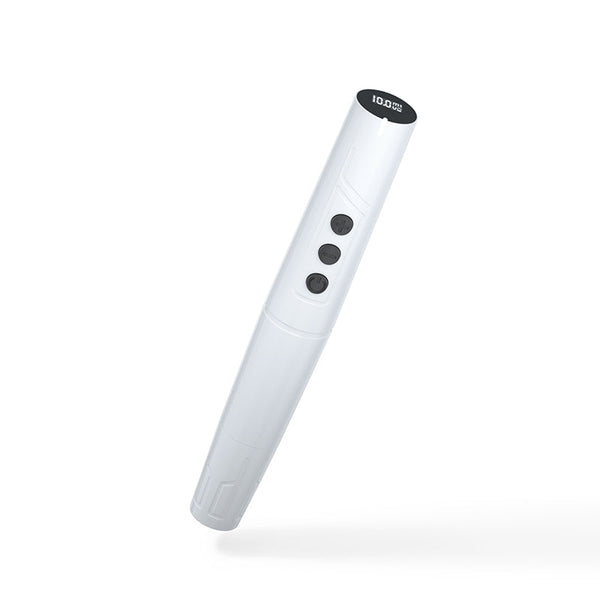Enhancing Hygiene Standards
One of the primary advantages of utilizing single-use tattoo practice skins in the tattoo industry is the significant improvement in hygiene standards. Traditional tattoo practice involved using pig skin or other materials that could potentially harbor bacteria and viruses. However, with the introduction of single-use tattoo practice skins, artists can ensure a sterile working environment for themselves and their clients. This reduces the risk of infections and promotes overall safety in the tattooing process.

Improving Skill Development
Another key benefit of incorporating single-use tattoo practice skins is the enhancement of skill development among tattoo artists. These practice skins closely mimic the texture and feel of human skin, providing artists with a realistic canvas to hone their craft. By practicing on these skins, tattoo artists can perfect their techniques, experiment with different styles, and build confidence before working on actual clients. This results in higher quality tattoos and increased customer satisfaction.
Cost-Effectiveness
Using single-use tattoo practice skins can also be a cost-effective solution for tattoo artists and studios. While traditional practice methods may require purchasing pig skin or other materials repeatedly, single-use practice skins offer a more economical option in the long run. Artists can buy these skins in bulk at affordable prices, eliminating the need for constant restocking. Additionally, the durability of these skins allows for multiple uses, making them a practical investment for tattoo professionals.
Environmental Sustainability
In today's environmentally conscious world, the use of single-use tattoo practice skins also contributes to sustainability efforts within the tattoo industry. These skins are typically made from synthetic materials that are biodegradable and eco-friendly. By choosing single-use practice skins over traditional alternatives, tattoo artists can reduce their carbon footprint and minimize waste production. This aligns with the growing trend of eco-friendly practices in various sectors, including the tattoo industry.
In conclusion, the adoption of single-use tattoo practice skins offers a multitude of benefits for both tattoo artists and their clients. From enhancing hygiene standards and skill development to promoting cost-effectiveness and environmental sustainability, these skins have revolutionized the tattooing process. By embracing this innovative approach, tattoo professionals can elevate their work to new heights while prioritizing safety, quality, and responsibility in their practice.







